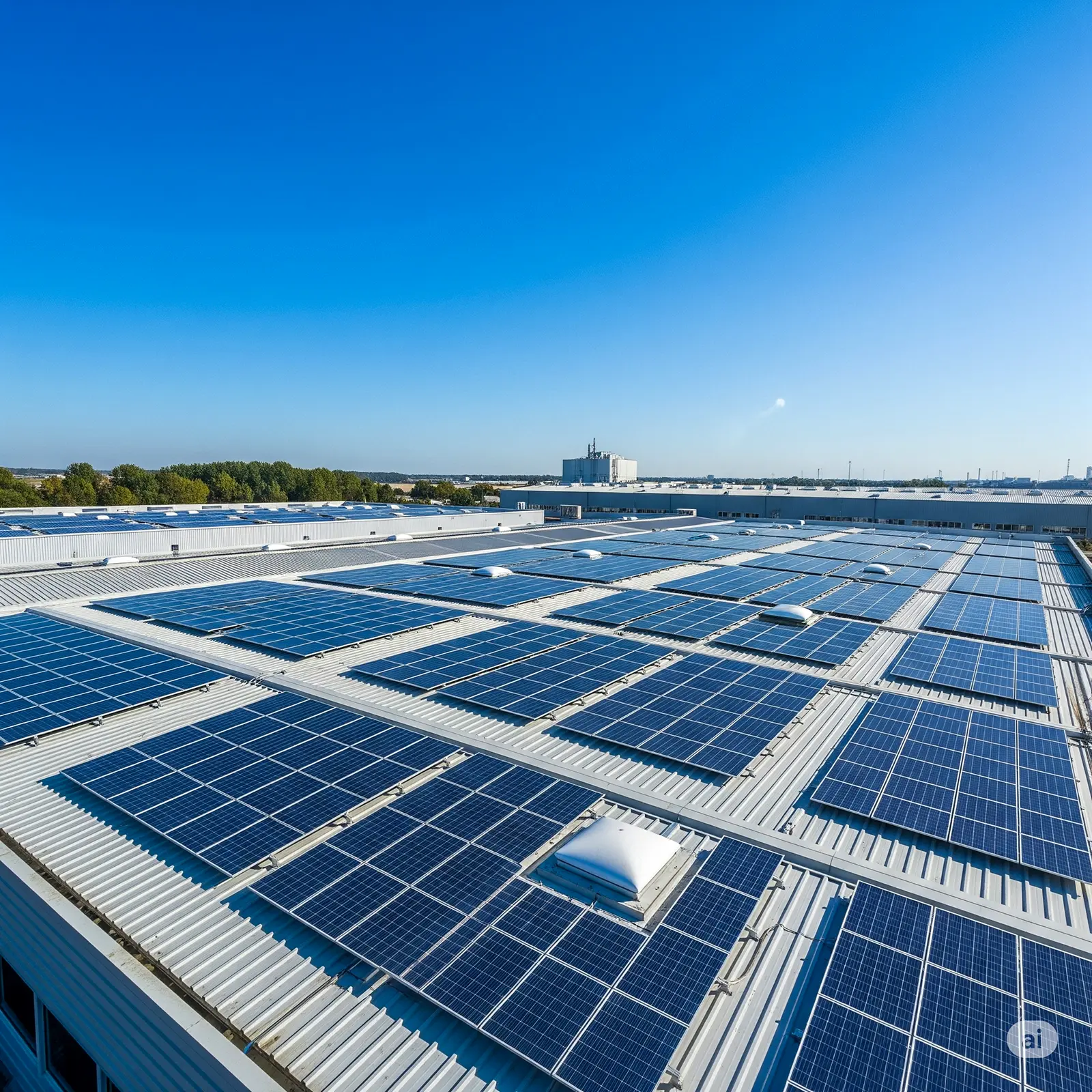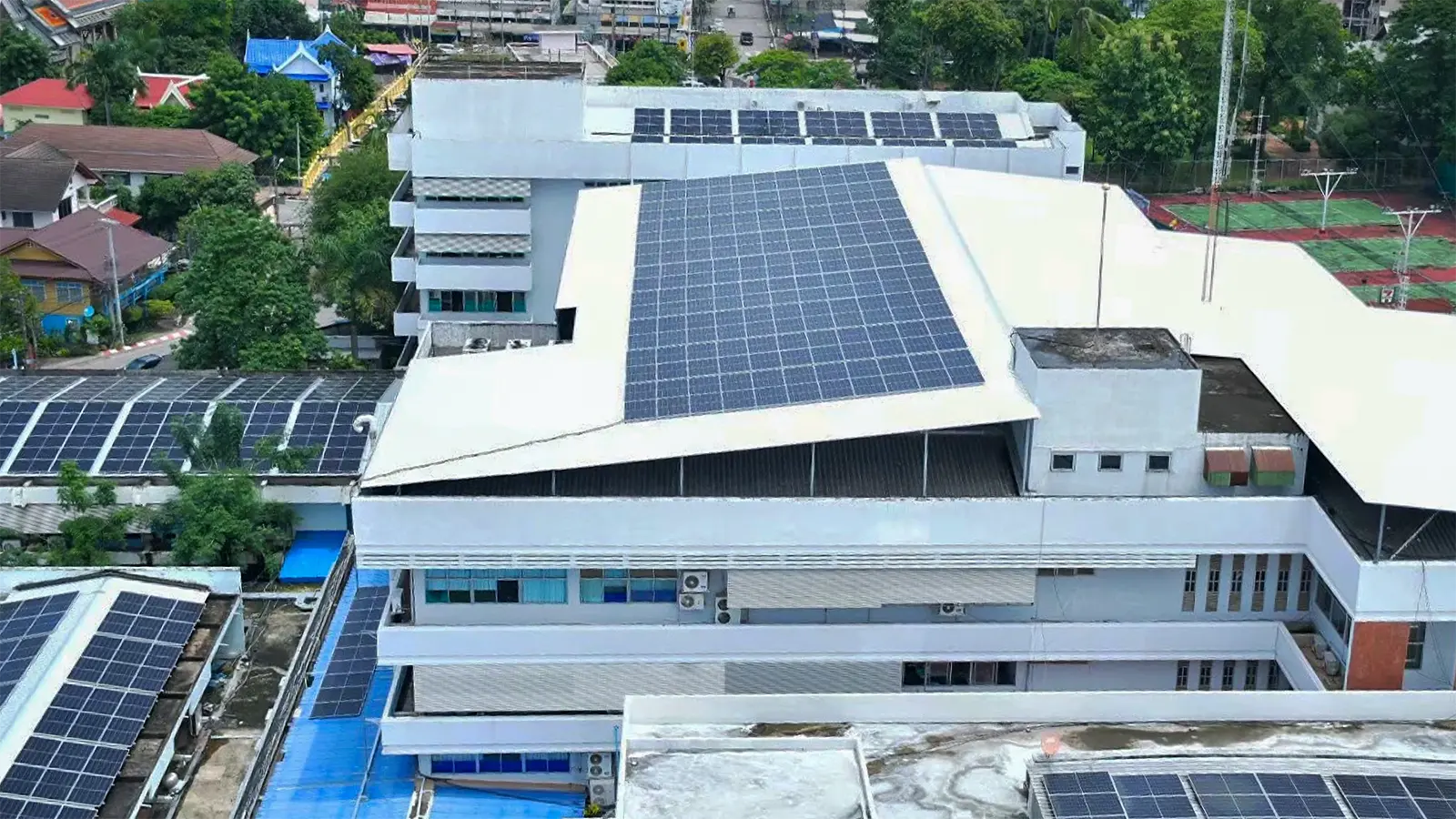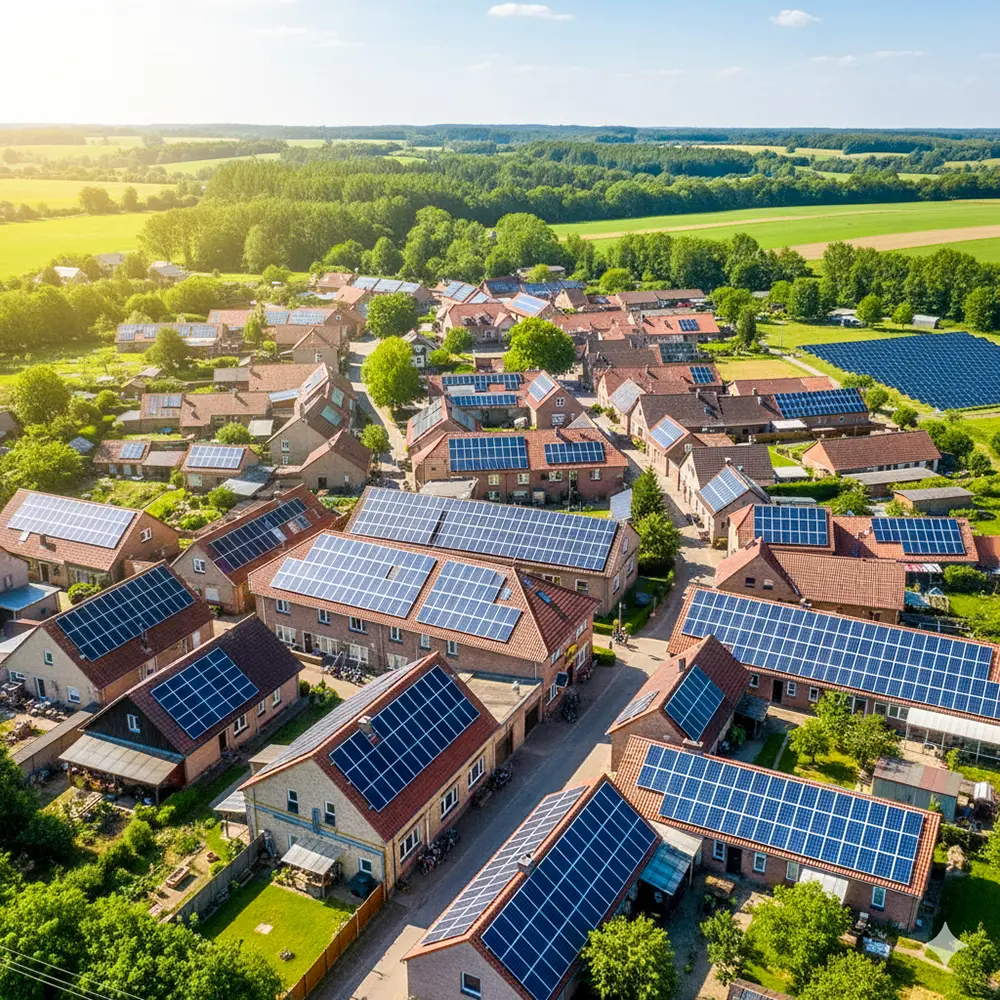News and activities
Energy storage batteries are the heart of modern solar cell systems and a sustainable future.
28 May 2025
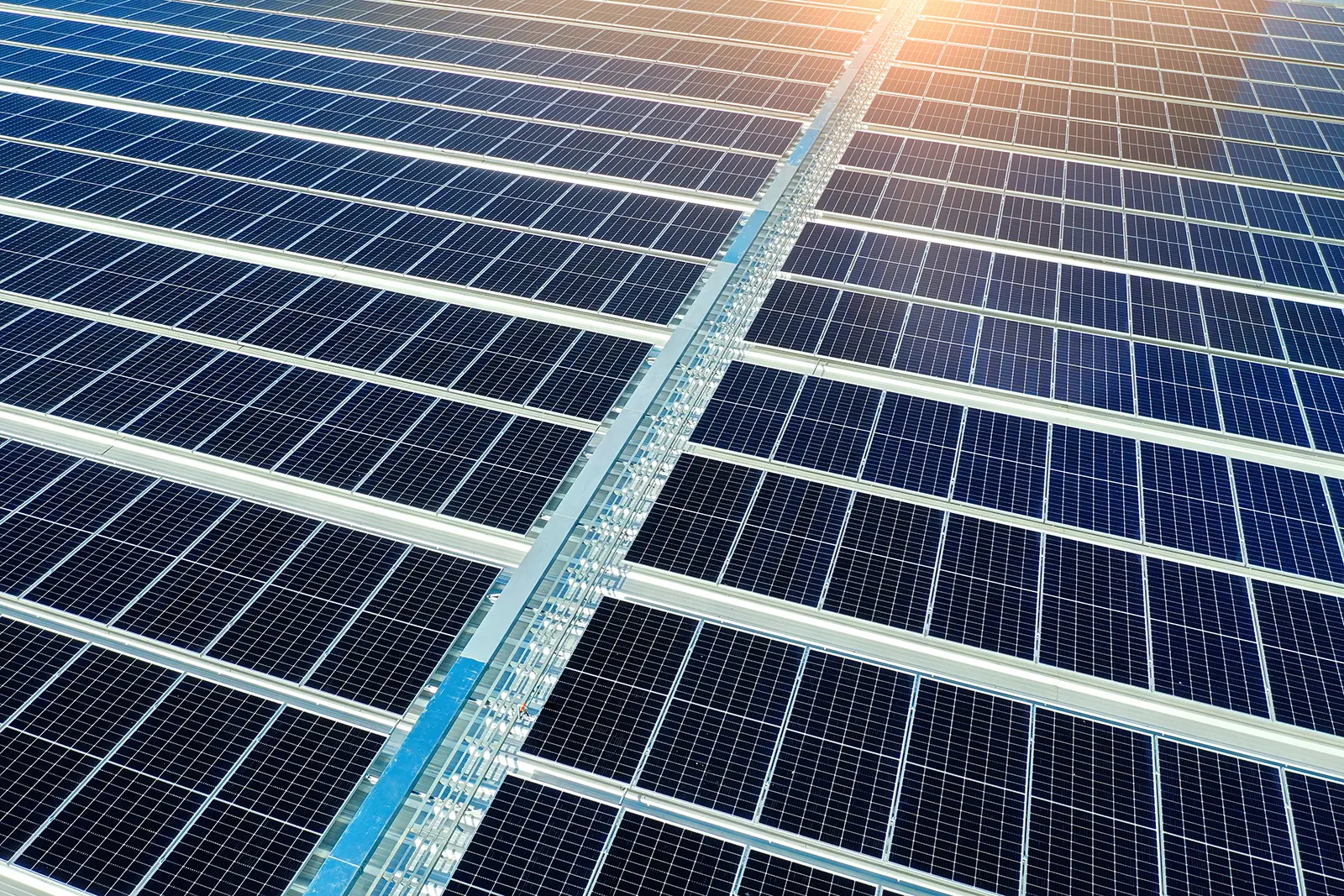
When it comes to solar energy, many people may think only of solar panels installed on the roof. But did you know that “energy storage batteries” are becoming more and more important? They are like “energy banks” that help us use electricity from the sun most efficiently, whether during the day, at night, or even during a power outage.
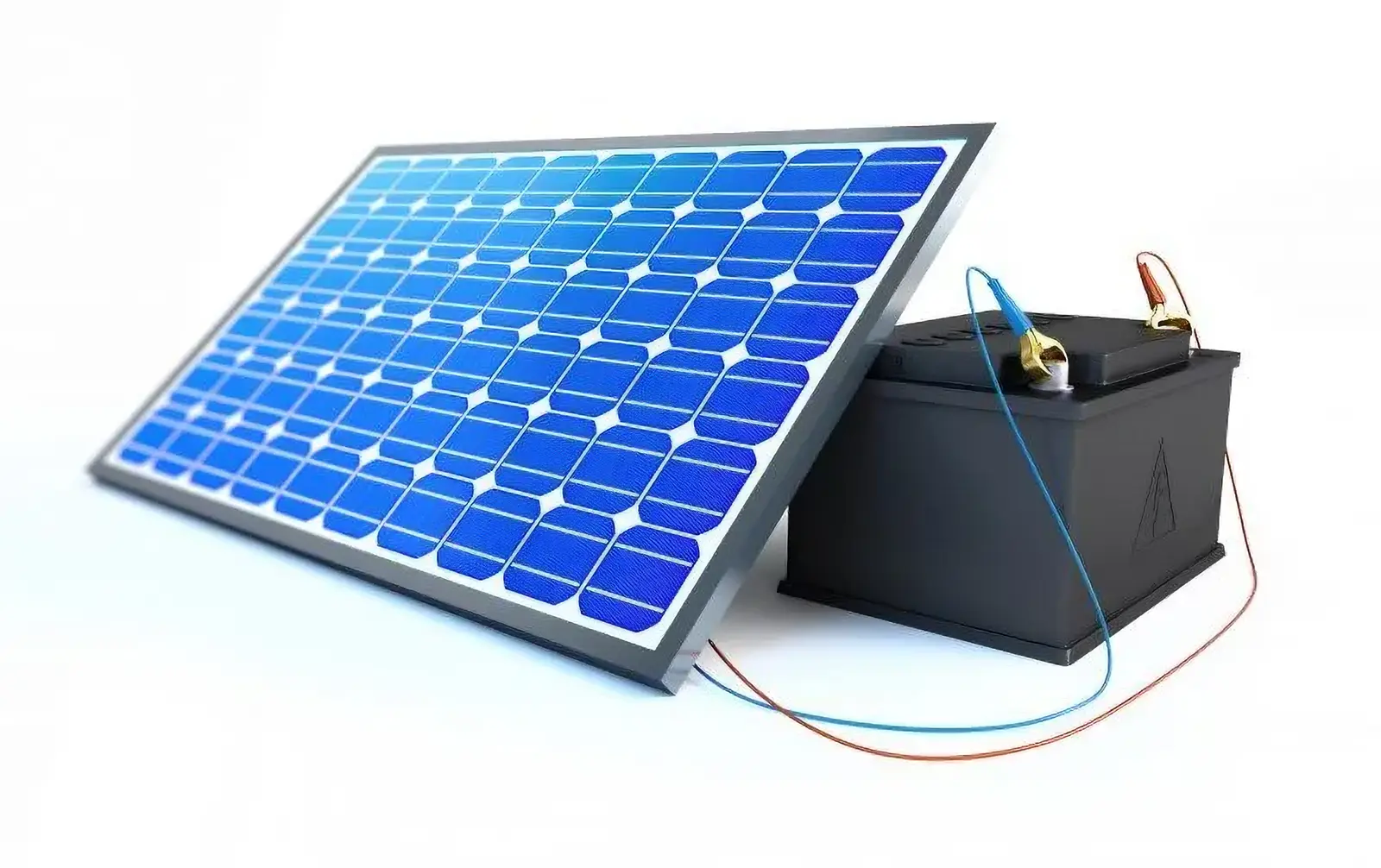
Why are energy storage batteries important for solar systems?
Imagine you have free electricity from the sun during the day, but if you need electricity at night or when there is no sunlight, traditional solar systems will not be able to meet the requirement. This is where batteries to store energy come into perfection for solar systems.
- Get 24/7 Solar Power: Batteries store excess electricity generated during the day to power your appliances at night or during cloudy weather, allowing you to rely on solar power around the clock and reduce your dependence on the grid.
- Improve Energy Security: In the event of a power outage, a backup battery can power your home's essential devices, keeping you safe from the unexpected.
- Further reduced electricity bills: In addition to using your own electricity, in some countries with a Time-of-Use tariff structure, you can charge your battery during low electricity prices and supply electricity during high electricity prices, saving you even more money.
- Supports full clean energy: Having a battery to store energy allows you to use renewable energy most efficiently, reduce greenhouse gas emissions, and be part of building a sustainable future.
How many types of energy storage batteries are there for solar cells?
Currently, the main batteries used in solar cell systems are as follows
- Lead-Acid Battery: This is a battery technology that has been around for a long time and is relatively cheap. However, it has limitations in terms of lifespan, number of charge/discharge cycles (Cycle Life) and low discharge efficiency (Depth of Discharge – DoD). It is suitable for uninterruptible power supply systems that are not used very often.
- Lithium-ion Battery: It is a technology that is widely popular today because it has many advantages such as longer life, high number of charge/discharge cycles, good discharge efficiency, light weight and compact size. However, the price is still quite high when compared to lead-acid batteries. There are also many subtypes of lithium-ion batteries such as
- Lithium Iron Phosphate (LFP): It is highly safe, has a long lifespan and is resistant to temperatures, but has a lower energy density than other types.
- Lithium Manganese Oxide (LMO): It has a high discharge rate and is safe, but has a shorter life than LFP.
- Lithium Cobalt Oxide (LCO): Has a high energy density, but is more commonly used in portable devices than large-scale energy storage systems due to its lower safety profile.
- Lithium Nickel Manganese Cobalt Oxide (NMC): Popular in electric vehicles and energy storage systems, it has good energy density and power density, but is complex to manage thermally.
- Lithium Nickel Cobalt Aluminum Oxide (NCA): It has high energy density and long cycle life, but is less safe and thermally stable than LFP.
- Other batteries in development: In addition to lead-acid and lithium-ion batteries, there are other interesting battery technologies being developed, such as sodium-ion batteries, flow batteries, and solid-state batteries, which may play an important role in the future due to their outstanding features in areas such as cost, safety, and sustainability.
Future trends in energy storage batteries for solar cells
The future of solar cell energy storage batteries looks bright and exciting.
- Cheaper prices: With the development of technology and increased production, battery prices are expected to continue to fall, making energy storage systems more accessible.
- Higher Efficiency: Continued research and development will lead to batteries with higher energy density, longer life, and better charge/discharge efficiency.
- Improved Safety: Manufacturers are placing greater importance on battery safety, developing more sophisticated and efficient materials and battery management systems (BMS) designs.
- Sustainability: There is a focus on developing more environmentally friendly batteries, from manufacturing processes, use to recycling.
- Integration with smart systems: Energy storage batteries will be integrated into smart energy management systems in homes and buildings to improve energy efficiency and respond to grid demands.
Conclusion
Energy storage batteries are no longer just an accessory to a solar system. They are the heart of unlocking the full potential of solar energy, enabling us to continuously use clean energy, reduce costs and increase energy security. With rapidly developing technology and decreasing prices, energy storage batteries will definitely be an important part of driving the future of sustainable energy. If you are considering installing a solar system, do not forget to look for a solution that includes an energy storage system so that you can get the most out of clean energy from the sun. If you have any further questions, please contact the experts at Energy X Co., Ltd. We are always happy to provide advice.
